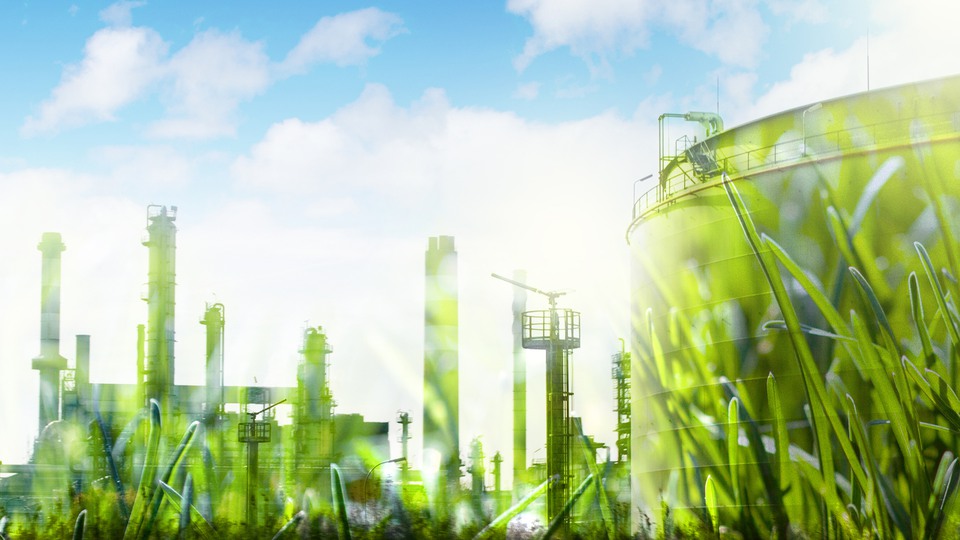
Climate goals according to Science Based Targets
Science Based Targets is a method for companies to put scientifically based climate goals in line with the Paris Agreement. The company needs to take an inventory of emissions throughout its value chain and the goal is often linked to investments where finances, feasibility and other effects are carefully investigated.
More and more companies are setting climate goals according to Science Based Targets. This means that you commit to take the necessary measures to stop the temperature increase at 1.5. It is an initiative of CDP, UN Global Compact, WRI and WWF. The scientific evidence is, among other things, developed by the IPCC and the IEA.
The steps to set climate goals
The process begins with the company submitting a letter of intent in which they commit to develop a climate goal within two years. Once the climate goal has been submitted, it is reviewed by the organization behind Science Based Targets based on the requirements that have been set. The target includes, among other things, direct emissions (scope1) and indirect emissions from purchased energy (scope2). Emissions in the rest of the value chain (scope3) must be charted carefully and if those emissions are greater than 40 percent of the total emissions, a climate target must also be developed for them.
Read more about Science Based Targets. External link, opens in new window.
External link, opens in new window.
IVL works with this issue for companies in various parts of the business community, such as the real estate industry and the manufacturing industry (automotive industry, forestry industry, agriculture and more).
We help you to:
- Develop climate goals according to the Science Based Target method for different areas.
- Understand the underlying structures of Science Based Targets and how it can be linked to global indices and evaluation of the companies' environmental and sustainability work.
- Calculate emissions in the entire value chain scope 1, scope 2 and the different categories in scope 3.
